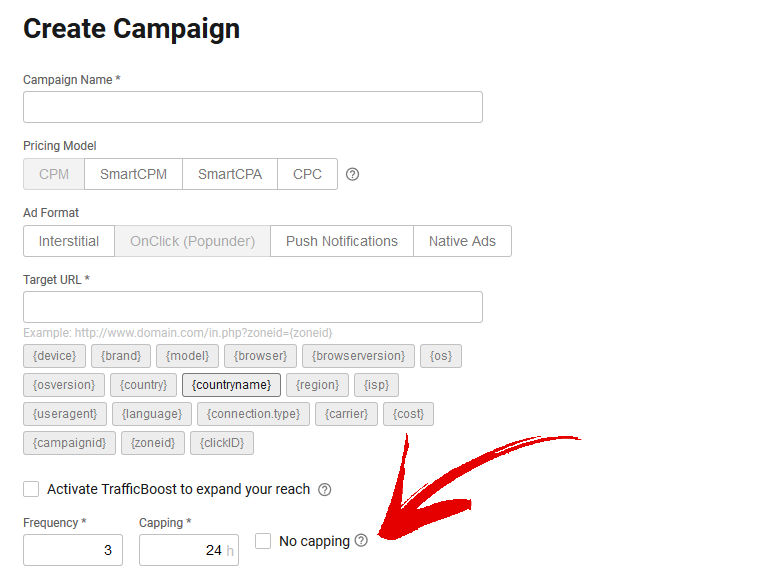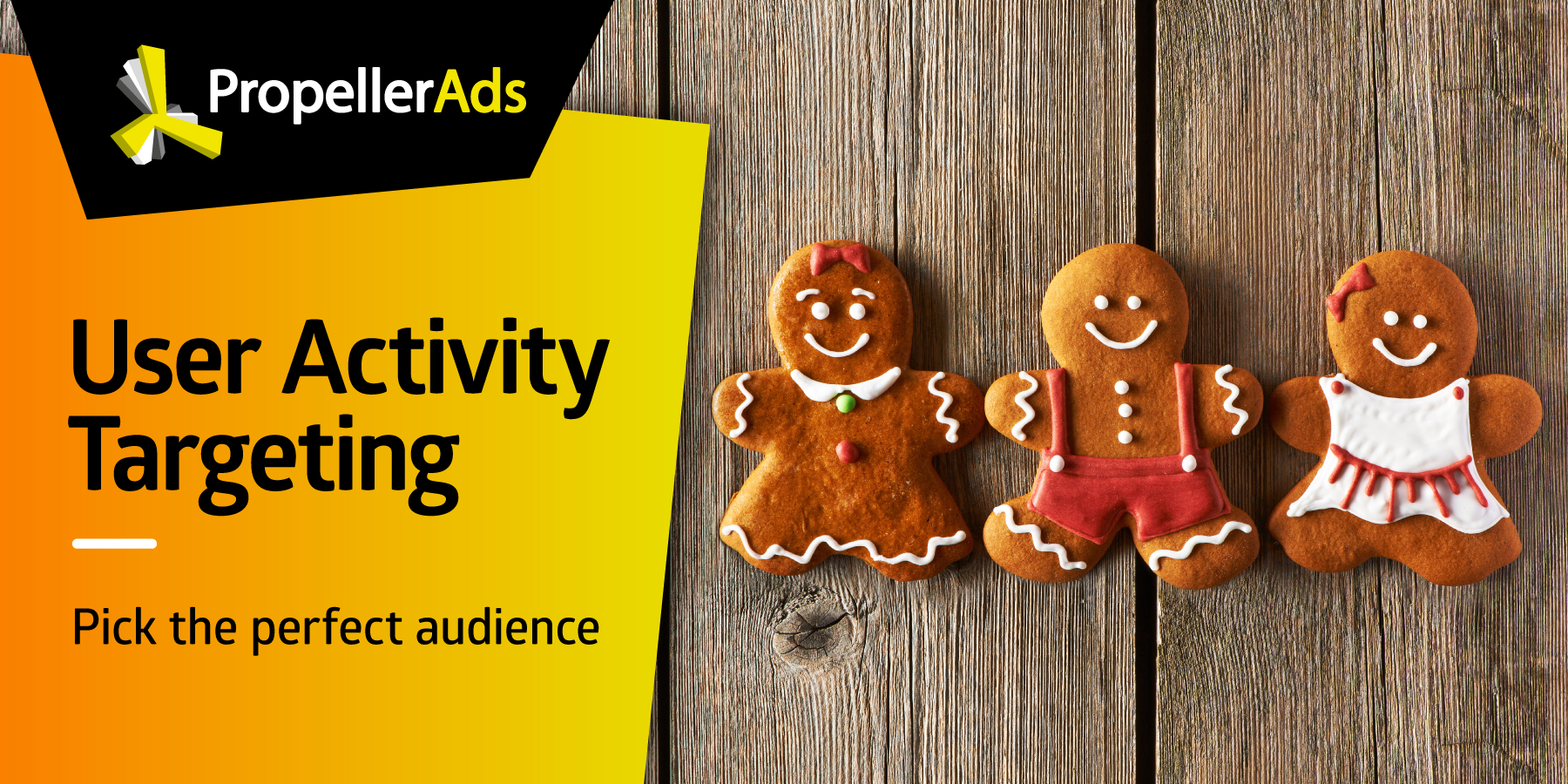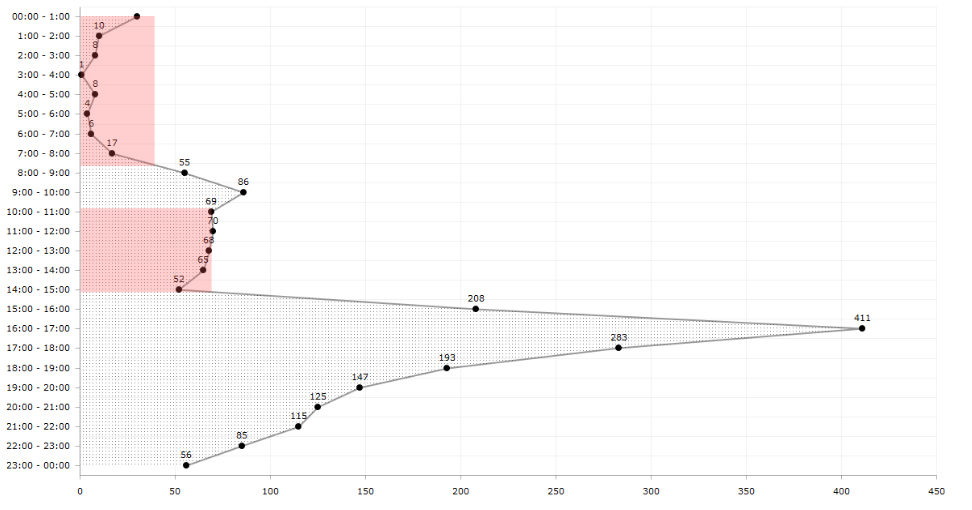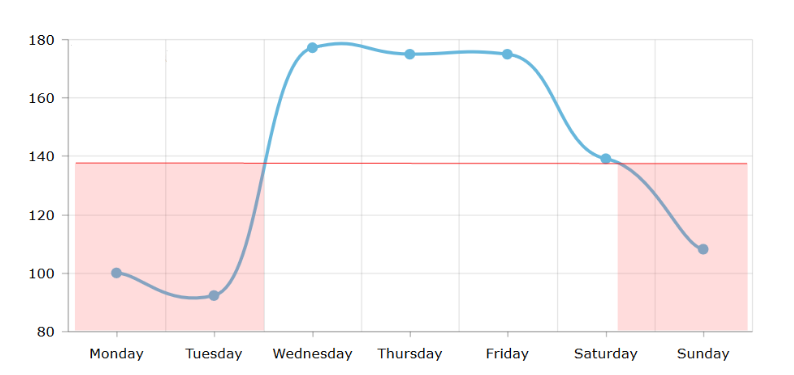How to Manage Your Ad Frequency and Ad Schedule?
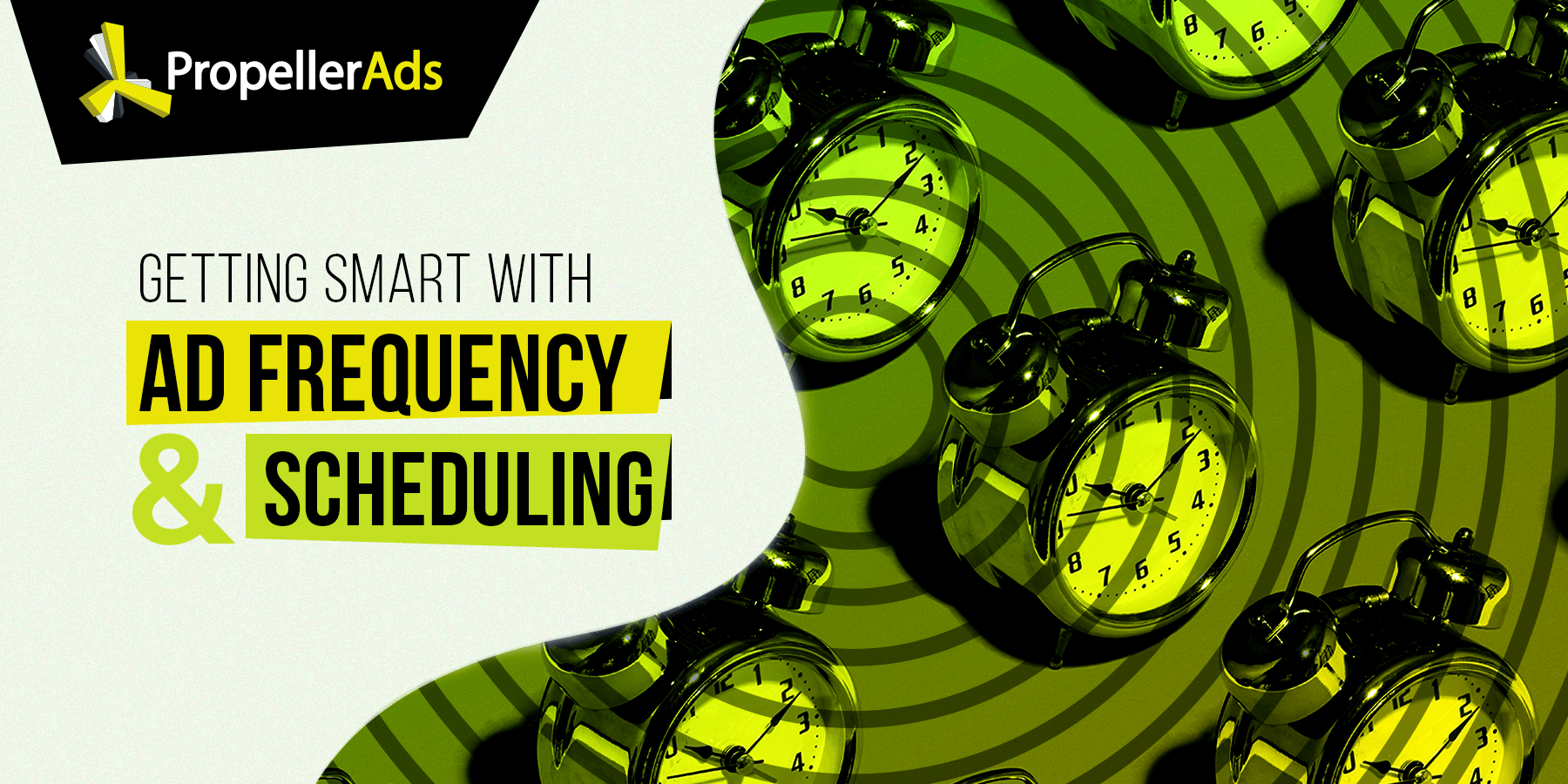
This post is also available in:
PT
How to spot a fake marketing expert? We will share a simple trick with you.
Ask for advice on how to correctly schedule an ad campaign, also make sure to inquire about the recommended frequency. Okay, not so tricky question, but wait for what’s coming!
So, let’s say your vis-a-vis confidently tells you the exact number of days and educates you on how to set the perfect frequency – huge red flag! Now you know that you are dealing with an amateur.
Hmm, but what would a real expert say?
To help us out with this, we’ve invited our Head of Affiliate Department, Konstantin Volkov, who has generously agreed to join us today.
What is an Ad Frequency?
Ad Frequency is a number of times your ad is served to each specific user. You can find this setting in the “Campaigns” tab while creating a new campaign.
Why should you manage frequency?
“Apart from obvious reasons like “Banner blindness” that became a buzzword and caring about user experience,” says Konstantin, “frequency allows you to gauge the traffic quality, monitor the effectiveness of creatives, and A/B test your campaigns.”
Let’s go one by one and explore what you can do with this, at first look, ordinary tool.
-
Gauge the traffic quality
Once you have a new offer or a product, it’s always good to run a test campaign with 1/24 frequency for about a week. After this time, you’ll get an idea of which zones are converting, if your targeting settings are on point, and, obviously, you would be able to build white- and blacklists. And, yes, testing traffic with frequency limitations saves you some bucks for future campaigns – you don’t have to spend money on traffic from zones, which don’t deliver results.
Note! Sometimes advertisers user specific strategies, setting even lower frequency. Read more: Advanced Retargeting Strategy for Onclick Popunder
What happens if you run these test campaigns for a shorter period than a week? You’ll get the statistics you can’t rely on, undermining your research efforts.
-
A/B test your campaigns
Konstantin recommends testing campaigns that have different frequency settings. “The goal here is to understand if frequency impacts the conversion rate for this specific product campaign with these exact targeting settings. It’s a logical second step after you have assessed the traffic quality and you have white- and blacklists at hand,” he adds.
A universal formula doesn’t exist; ad frequency is something you have to experiment with. There are lots of targeting options that in combination with frequency could potentially affect the CTR and the conversion rate. One of the most effective campaign settings is the newly launched user activity targeting that can help you move the needle closer to your goals.
For example, should you target the High user activity group – these users are more active and more engaged – it might happen that you wouldn’t need to set the frequency too high for this group as they are active and clicking anyway, and even 1/24 might be enough. Alternatively, we would take a Low group, who are very selective about ads. Campaigns with 1/24 frequency might fail to leave a lasting impression on this jaded audience; they need to be reminded about the offer a couple of more times.
Note! User activity targeting also aids in extending the life of your creatives.
It was just one example; there are so many targeting options that experimentation and thorough analysis are sort of obligatory in order to find the right combinations.
-
Monitor the effectiveness of your creatives
Creatives are tightly connected to the previous point – A/B testing, but definitely, this aspect is worth discussing separately.
“Ads have a shelf life; Popunder ads can remain effective for a longer time, while Push Notification ads are more like “disposable tableware” and have to be constantly changed.”
Aside from the frequency, the lifespan of your ads depends on the chosen format. We‘ve carried out an analysis based on prior years’ data in order to show what frequency usually delivers the highest CTRs and how often you need to recycle your creatives.
*User activity groups are not taken into consideration
Konstantin addresses one of the most common cases: “Sometimes I come across questions on frequency from people who run their campaigns on Push Notifications. They are complaining about effectiveness, telling me that they’ve tested every existing combination of frequency and other targeting settings, and nothing seems to work out. I start digging, checking every detail.
What I usually find out, that’s on the surface actually – advertisers just keep the same creatives for severalmonths. Whoa! Imagine customers receiving the same Push Notification two or three times a day, weekly. It’s like a Groundhog day reboot.
When it comes to Push Notifications, the higher the frequency, the faster your ads burn out. If you want your campaigns to perform, have several variations of your creatives in stock.”
How do you set the frequency for retargeting campaigns?
While setting up the retargeting campaign, it’s essential to bear in mind that you are dealing with a more “valuable” audience, these people are prospects, and you don’t want to deter them from purchase or actions.They are already interested, so there’s no need in “bombarding” them with ads, your goal here is to remind.
- If you are returning them to the same landing page – go for lower frequency.
- Have something new to offer: a special promo or an attractive discount? Increase the frequency, but don’t exceed 3/24.
Frequency and Verticals. Are there any specifics?
Despite popular misconception, frequency is not vertical specific.
You don’t have to increase the frequency to reach more people interested in dating or go for 8/24 to convince someone to install the app.
“I can’t say that vertical is really affecting the frequency. You should focus on finding the right combination for your campaigns rather than speculating on what might work,” adds Konstantin.
How to manage your ad schedule?
Ad scheduling (also called dayparting) is a feature that allows you to pause ad campaigns during specific days or hours.
Schedule menu can be found in the “Campaigns” tab while creating a new campaign.

Analyzing your stats
As with the frequency, first, you have to test and observe. Run a campaign 24/7 without excluding days or hours – collect statistics, trying to identify trends and patterns. Now when you have minimum necessary data, you can notice some peculiarities. (The two-week test would give you more information, but not everyone has this amount of time).
You can begin with basics, for example, time of the day. Let’s say your reach is lower at night, but in the afternoon it’s maximum – exclude night hours. For example, in this chart you can see the number of conversions per hour:
With time, when you have already accumulated more data, you can go further and exclude some days of the week. e.g., you clearly see a drop on Mondays for a few weeks already. Maybe it’s time to exclude Mondays?
For example, here’s the chart featuring the number of conversions per day:
You were running a campaign for two weeks with a total of, let’s say, 100k impressions. And here are the results that you got:
- Monday – 5k clicks – 100 conversions
- Wednesday – 5k clicks – 300 conversions
- Friday – 10k clicks – 150 conversions.
Even though that’s a very general and vague example, you get the idea.”
In other words, ANY change you implement must be based on solid stats and research, otherwise, you risk jumping into solutions and making decisions too hastily. Ad scheduling is a way to cut expenses and earn more by increasing ROI – you save money by limiting the spend.
Schedule & Verticals
Are there any interconnections between the ad schedule and verticals? “Certainly,” says Konstantin, “but you have to be really careful here, and I can’t emphasize it more: experiment and test, there are NO readysolutions.”
Depending on the specifics of the product, we can see certain patterns. For example, dating offers are usually getting more attention at night; financial products perform well during working hours, and software promos are more of a 24/7 product. This is a general trend seen across most of GEOs, but there’s no guarantee that your product would perform the same way.
The impact of seasonality
No secret here – right timing can make your campaigns more effective. Scheduling your ads according to seasonal demand, popular holidays and events is essential to amplify the effect of your creatives.
For example, eCommerce advertisers during Christmas holidays should keep in mind the last posting date – usually, it’s the 20th or the 21st of December (depends on the Mail Service provider), while all kind of night promos would get most traction during Ramadan in Middle-Eastern countries.
In summer, online activity usually drops, as people prefer spending their time outdoors, and starts slowly growing in autumn, reaching its peak by November-December.
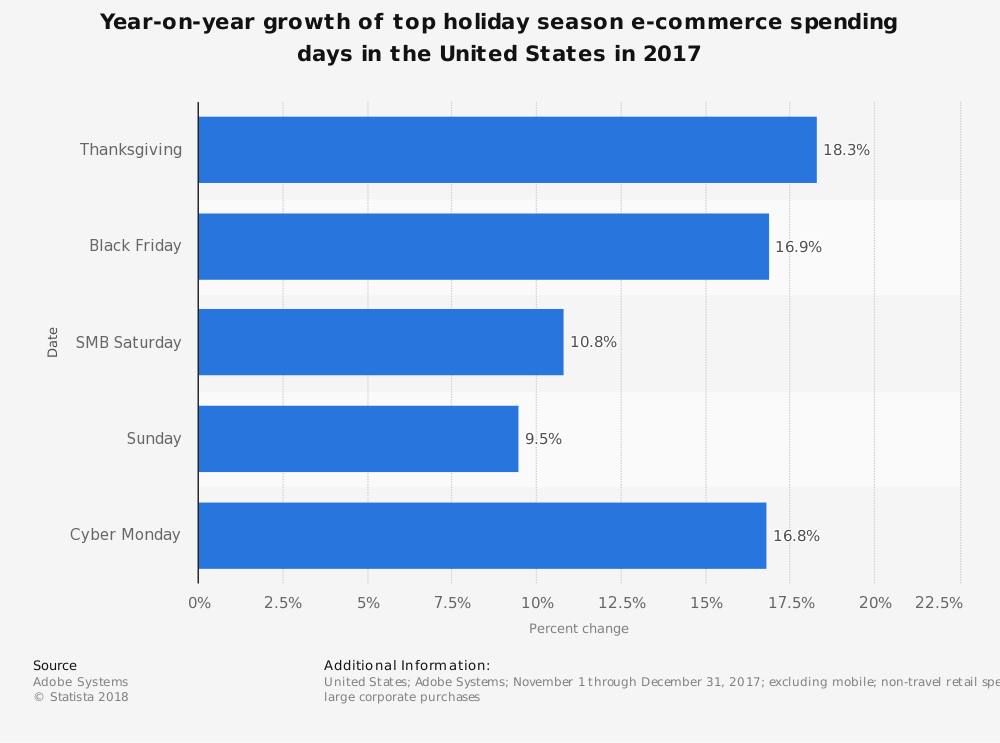
This statistic gives information on the year-on-year growth of the most important holiday shopping days in the United States in 2017. During the holiday season 2017, Thanksgiving day spending grew 18.3 percent compared to 2016.
After you’ve read all this
We hope after reading all this long post, you won’t set a random frequency or ad schedule, and take it lightly. Because, well, as you’ve just read: these tools are so powerful that they can make or break your campaign.
Do you still have questions? Great! We would be more than happy to answer. Please leave your feedback or questions in the comment section below.
